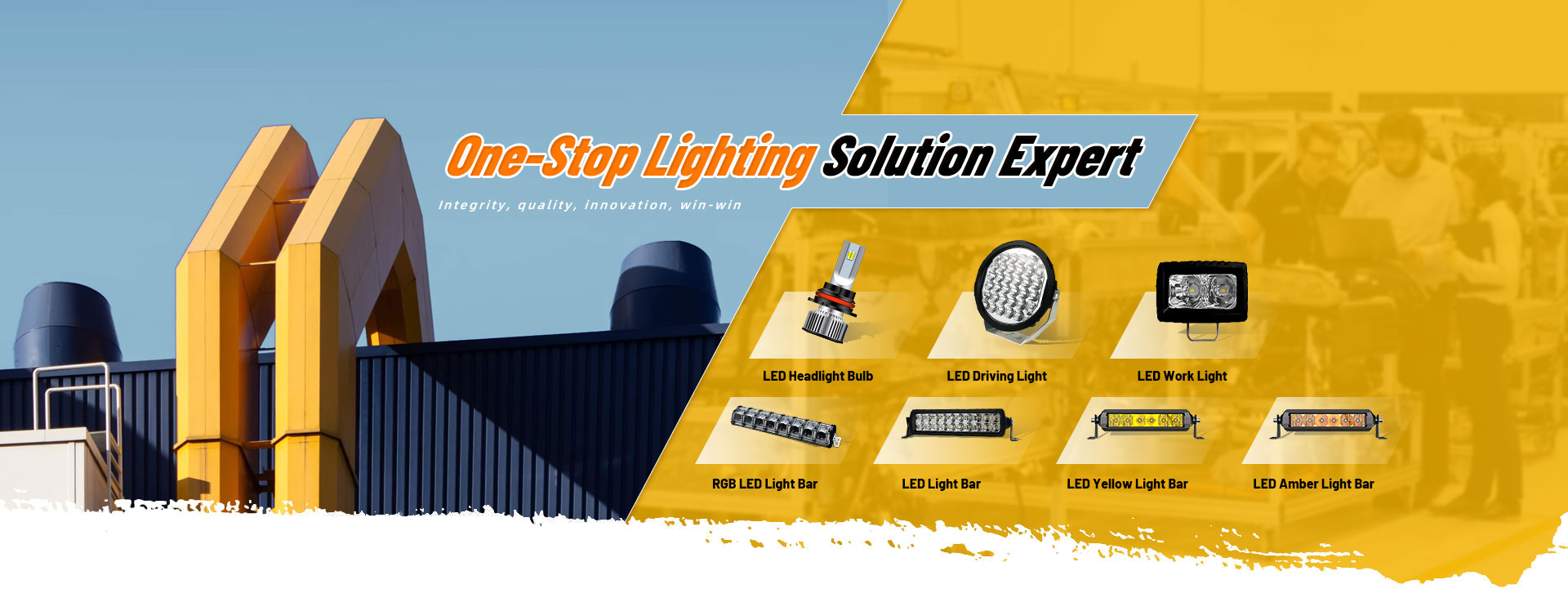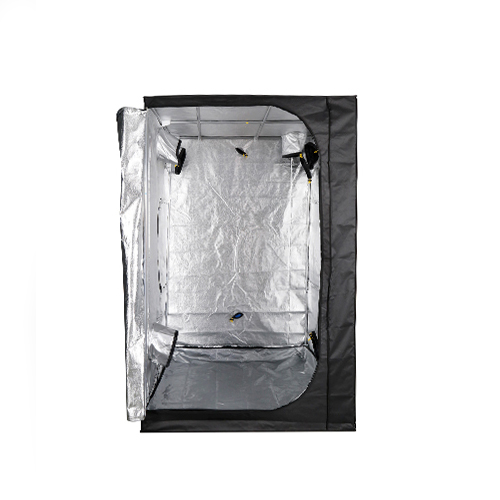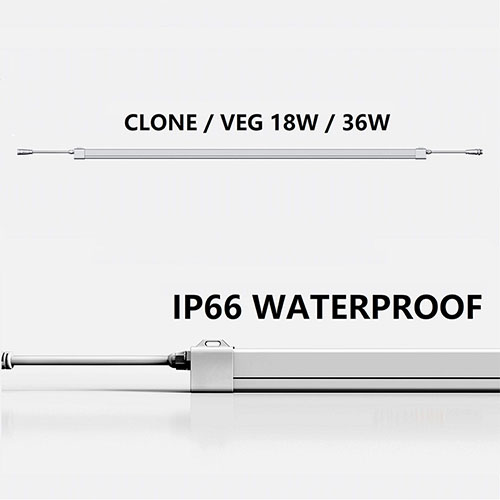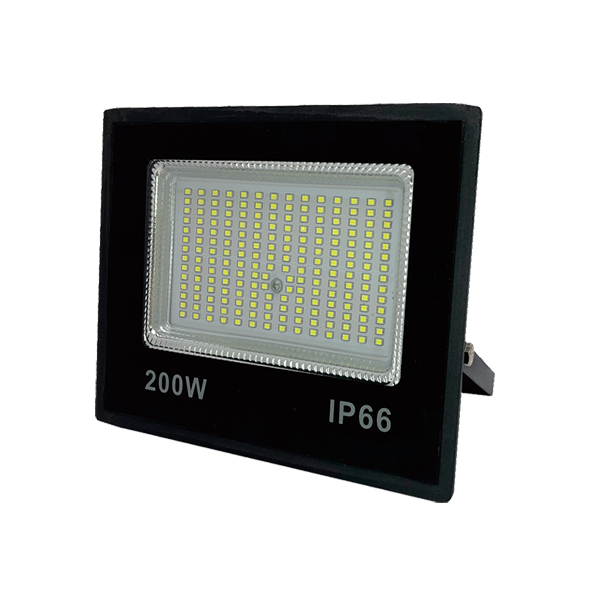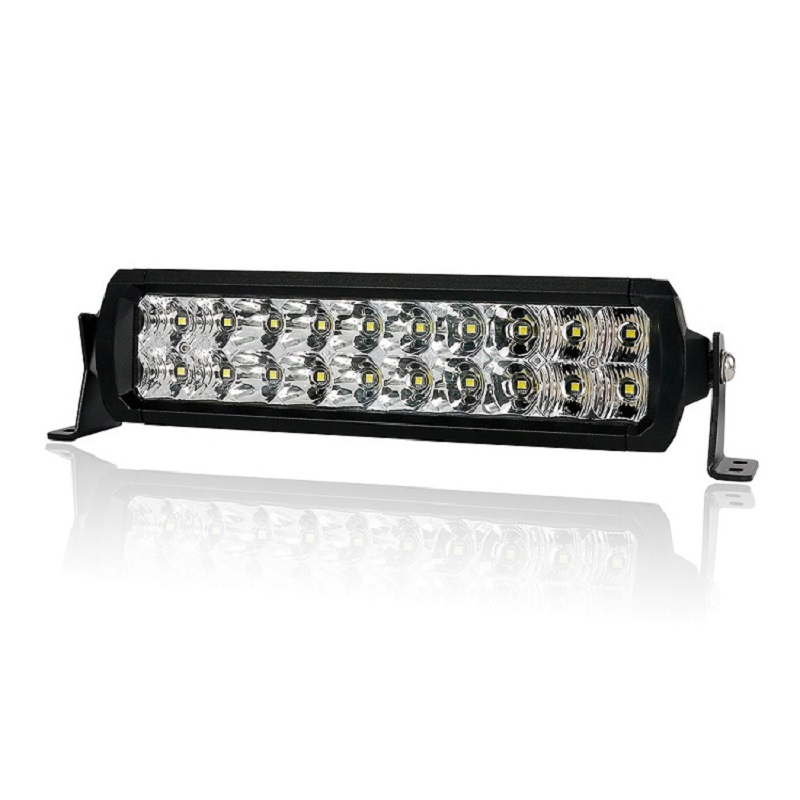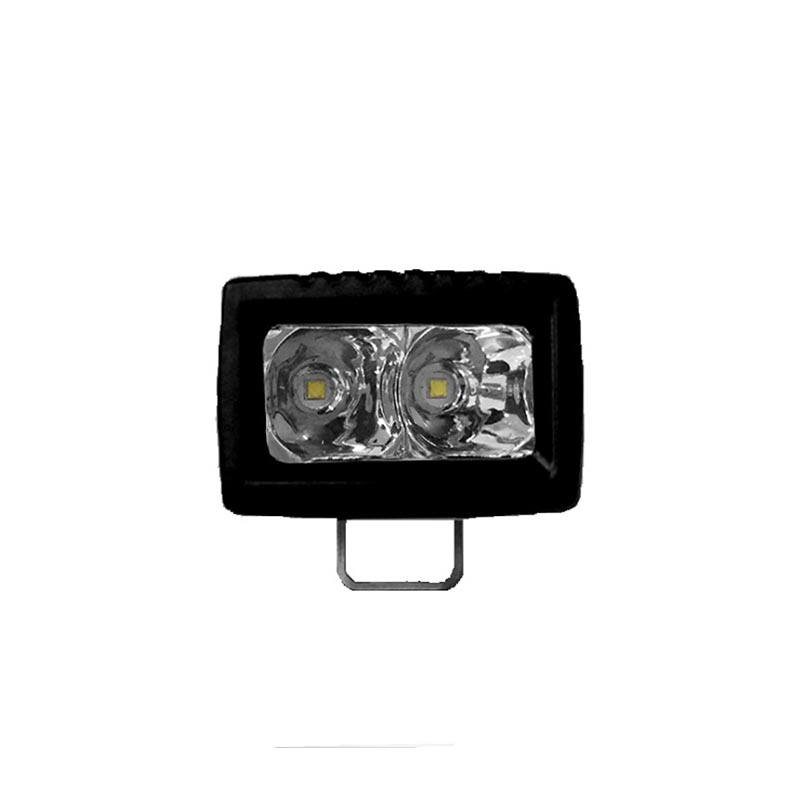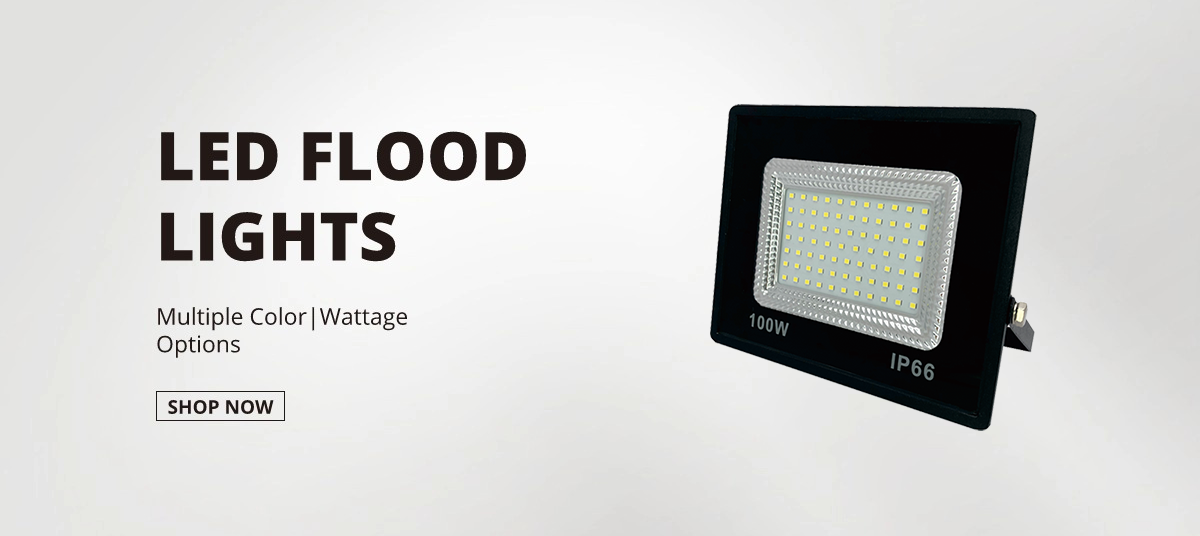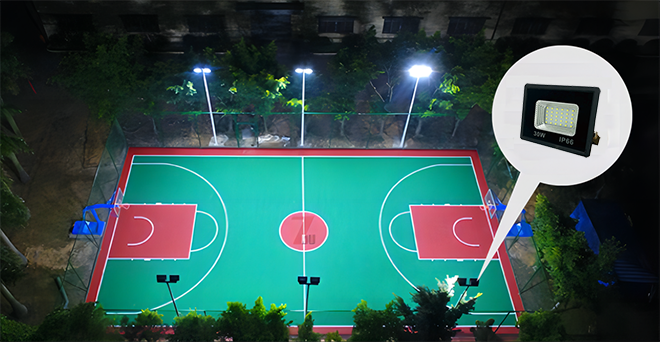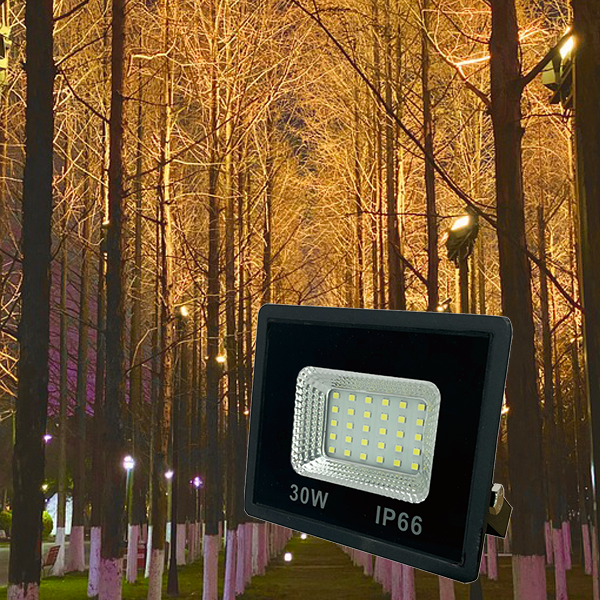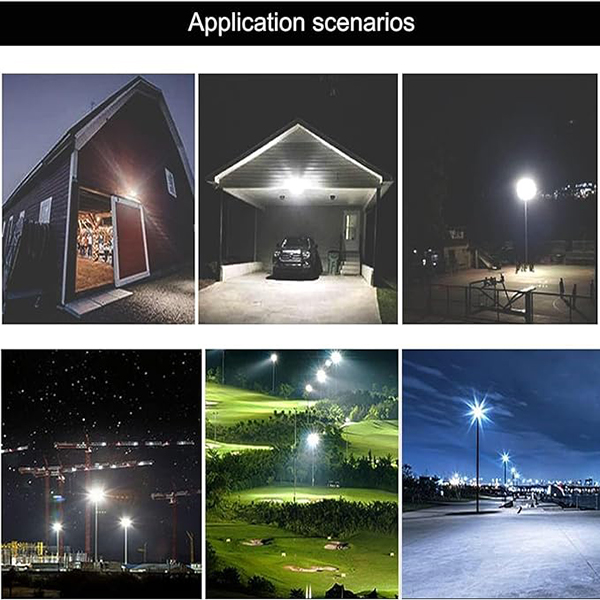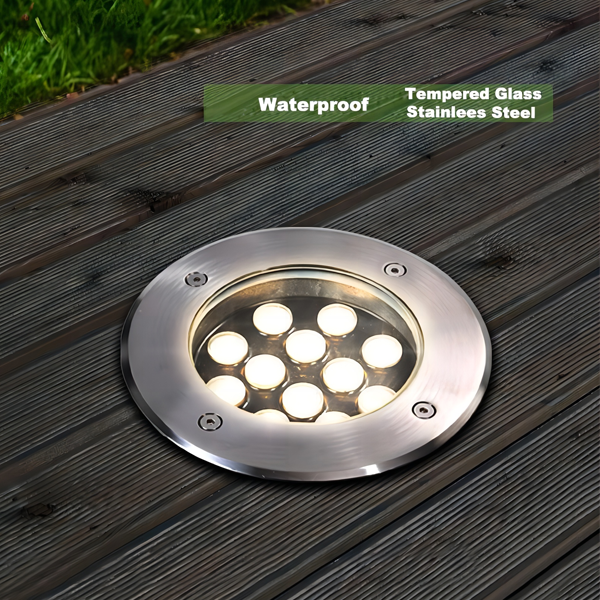If you do not know the influence of the light wavelength range of each stage on plants, please read the full text carefully and patiently! This article will explain for you.
280-315nm:
Low-wavelength ultraviolet light has minimal impact on the morphology and growth of plants, which is not conducive to plant growth.
315-400nm:
Ultraviolet rays in this band absorb less chlorophyll in plants, but have the following three effects: (1) Ultraviolet rays can affect the plant cycle effect. (2) Ultraviolet rays can have bactericidal effects on plants. (3) Ultraviolet rays in this band can also improve the color of plants and increase the sense of vividness, such as coloring succulent plants. Flower plants have gorgeous flowers.
400-520nm:
Plant chlorophyll and carotene have the largest absorption ratio of blue wavelengths, and have a greater impact on photosynthesis. If the lack of blue light during plant growth will cause plants to be short or yellowish leaves. Therefore, plants must not lack this kind of light in the growth stage.
520-610nm:
Orange light has little effect on plants, and the absorption rate of pigments is not high, but it can also provide nutrients to plants to a certain extent, not the main light color absorbed by plants.
610-720nm:
There are several effects of red light waves on plants (1) Red light is beneficial to the synthesis of plant carbohydrates. (2) It has a significant impact on photosynthesis and photoperiod effect, that is, accelerating growth. (3) Seed germination, seedling growth and nutrition react with anthocyanins.
730-740nm:
Plants have a low infrared absorption rate, but it can stimulate cell lengthening and affect flowering and seed germination. It is best to have a small amount of this light in the flowering and fruiting stage of the plant, especially in the basement or plant shed where the sun is completely out of sight.
White light (cold light):
Plant photosynthesis has a very low absorption rate of white light. In special cases, white light is used to give human eyes a visual change. Therefore, white light has little effect on the growth of plants, not the main light color.
Plants rely on light for nutrient uptake. They use the energy of light for photosynthesis to obtain the nutrients necessary for growth and development, which is the key to the survival of plants. Plant grow lights are special lights with specific spectral wavelengths designed to promote photosynthesis of plants and create a light environment suitable for growth and development of plants.What proportions should be used for different types and stages of plants, plant grow lights can solve this trouble for you, and we will formulate the corresponding proportions according to customer needs.
Last but not least, if you want to know more about led plant grow light, please let us know and we will be happy to introduce the products to you!Thank you in advance!

